
largest...

Community forum
Want to ask a question, share news or submit a trip report?
Places
Find trip reports from anywhere in the world.
Featured Places
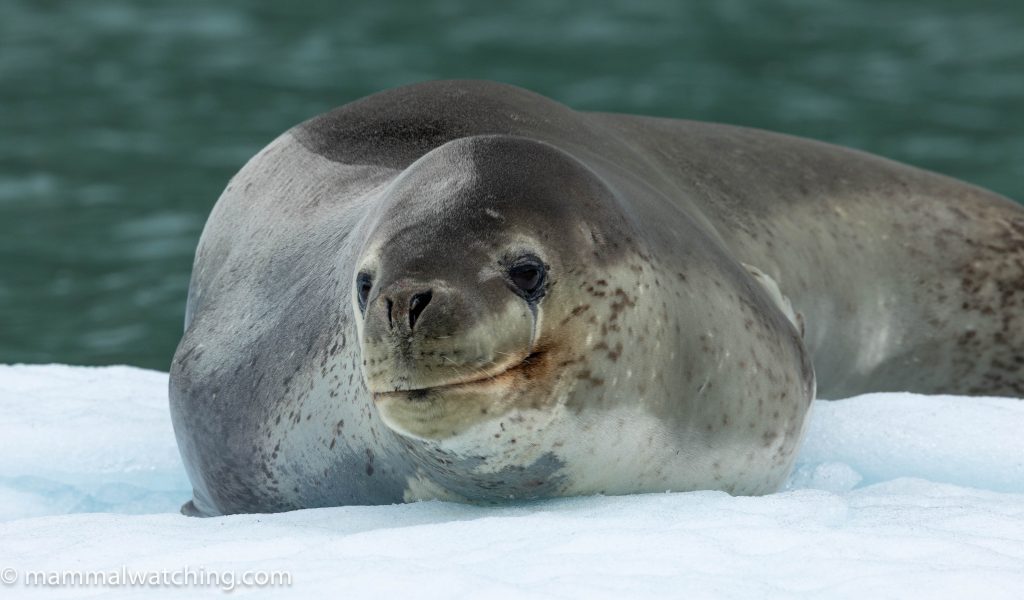
Argentina
Check out Jon Hall’s late 2025 trip to Patagonia to seach for a resident population Leopard Seals on Tierra Del Fuego and other Patagonian mammals including Southern Mountain Viscacha and Valdivian Long-clawed Mouse.
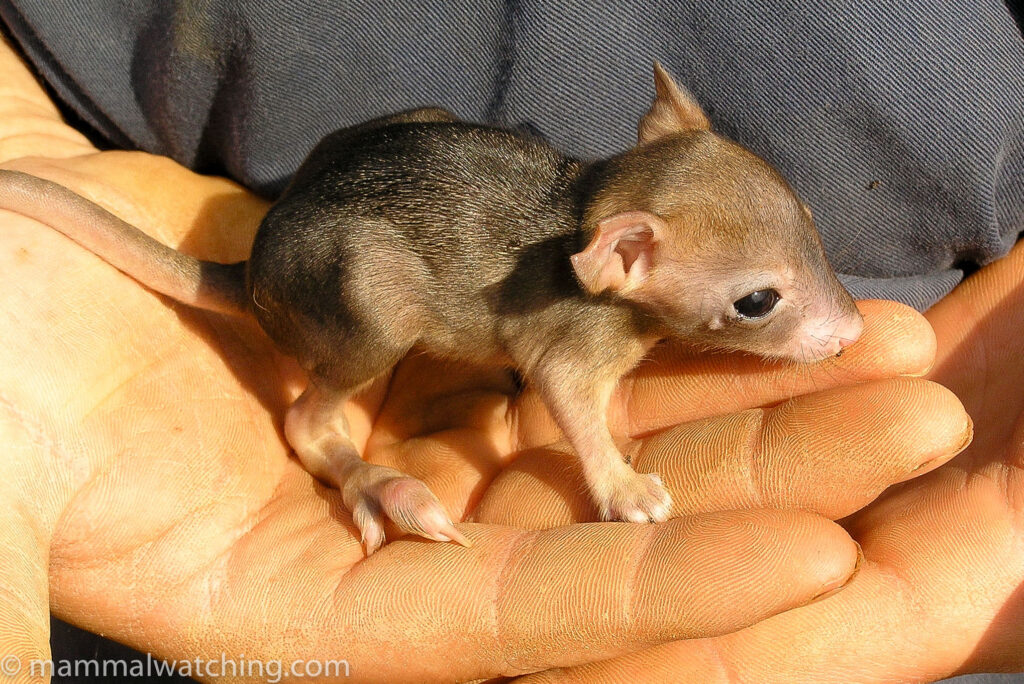
Western Australia
Check out Dalton Van Leeuwen’s excellent report (his first for this site). Dryandra, Mount Gibson and more, 2025/26: 12 days & 16 species including Banded Hare-wallaby, Western Barred-bandicoot and Bilby.
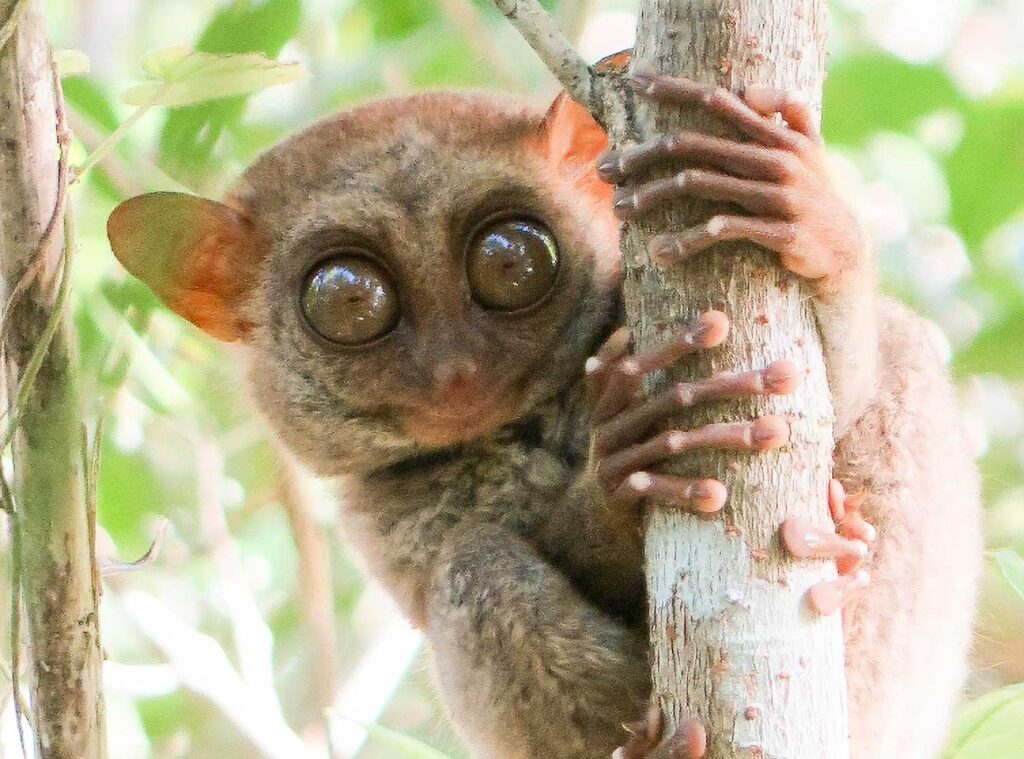
Philippines
Check out Daan Drukker’s groundbreaking report of 2 weeks in Paluwan and Calamianes in 2025. With 30+ species including Palawan Stink Badger, Calamian Deer and a ton of squirrels including what appear to be the first ever photos of the Culion Tree Squirrel.

Morocco
Checkout Demian Hiß’s combined and very useful report of two 7 day trips through Morocco, Western Sahara and Mauritania, in 2025: with 65 species including Felou Gundi, Saharan Striped Polecat, Honey Badger and Barbary Sheep.
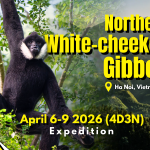
Advertising: Northern White-cheeked Gibbon Expedition in Vietnam, April 6 – 9 2026
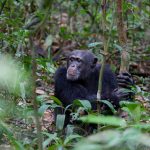
Taï Forest National Park – Ivory Coast
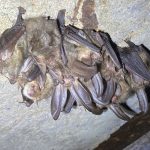
Mammal streak – a challenging way of mammalwatching
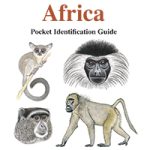
Primates of Southern Africa
Latest comments
Podcast
Stream every episode of the mammalwatching podcast
Mammalwatching gear
Equipment and book reviews
Mammal Tour Operators
Looking for inspiration for your next trip?
Supporting Conservation
How mammalwatching helps conservation
Share your mammal lists
View and enter the rankings
Other mammalwatching resources
Links, tips, vocalisation library and more
subscribe to updates
Enter a few details to subscribe to this site and receive notifications of new Community posts by email.
Buy me a coffee
And support this website
Mammalwatching
for Conservation
How can we strengthen mammalwatching’s conservation benefits and minimise the harm?
Focus on
Primatewatching
Primatewatching is a fast growing area of mammalwatching that can deliver big conservation benefits.
Responsible Mammalwatching
Here are ways to ensure your mammalwatching helps - not harms - conservation
Latest news
Want to join us in Brazil at the end of May? We've 2 places left on a small group tour to northeast Brazil to search for some rare, obscure and very cool endemic mammals including Northern Maned Sloth; Brazilian Three-banded Armadillo; Bristle-spined, Baturite, Pernambuco and Bahian Hairy Dwarf Porcupines; along with primates like Caatinga & Coimbra-Filho's Titi Monkeys and Blond & Yellow-breasted Capuchins. More details at www.mammalwatching.com/community-post/advertising-two-spots-left-for-our-may-primates-porcupines-... (Photo: Caatinga Titi Monkey, Cheryl Antonucci) ... See MoreSee Less

I took the new Thermal Master DV2 thermal camera to Florida last weekend (link to my review below) and was very impressed at the quality of this $500 camera! It is on sale for the next two weeks with a 10% discount when you use the 'mammalwatch1' code at checkout for just $449 in the USA or equivalent in the UK, Australia and elsewhere (shipping and tax included). Here's a link to buy, which works in many countries: tidd.ly/4hUgl62
More details are in my review www.mammalwatching.com/community-post/thermal-review-thermal-master-dv2-with-black-friday-discoun...
... See MoreSee Less



We have lost a true mammalwatcher. ... See MoreSee Less

Sunda Colugo (Galeopterus variegatus), Singapore 2025
Sunda Colugos are found across much of south-east Asia, with a second closely related species lives only in the Philippines. Colugos are abundant in some of Singapore’s parks.
These peculiar nocturnal and arboreal mammals are thought to eat mainly leaves and sap. They are the mammalian embodiment of a stunt kite, using the gliding membrane between their legs to float from tree to tree sometimes for well over 100 metres with great maneuverability. They are sometimes called flying lemurs, which is a terrible name because they don’t fly and aren’t lemurs. I prefer colugo. Admittedly I don’t know what ‘colugo’ means but suspect it translates to ‘seriously bloody weird’ in someone’s language.
#mammalwatching #mammals #landmammals #wildlife#wildlifephotography #naturephotography #wildlifeplanet#wildplanet #discoverwildlife #naturegeography#wildgeography #ourplanetdaily #bbcwildlifepotd #flyinglemur #singaporenature
—
... See MoreSee Less

Amazon Prime Sale Alert! The Thermal MasterT2 Max thermal camera, that comes with a built in laser pointer, is now on sale for just $350 for the Amazon Prime event when you use the mammalwatch1 code at checkout! bit.ly/4jmQWRU
The sale - and discount code - are also happening if you buy direct from Thermal Master bit.ly/44dY6DG
Here's my review of this thermal camera
www.mammalwatching.com/.../review-thermal-master.../
... See MoreSee Less


Leopard Seal (Hydrurga leptonyx), Tierra Del Fuego, Chile 2025.
Leopard Seals, an apex predator of the Southern Ocean, can reach 4 meters in length and have been known to kill divers (though they are generally more inquisitive than aggressive around people). And they were my fourth most wanted mammal in the world.
We were in the middle of nowhere - over 300km to the nearest gas station or store - and in the middle of some of the most spectacular scenery I have ever seen. All ice-capped mountains and 50 meter high glaciers creaking and groaning as they calved into the water.
#mammalwatching #mammals #sealsofinstagram #pinnipeds

Leopard Seal (Hydrurga leptonyx), Tierra Del Fuego, Chile 2025.
Leopard Seals, an apex predator of the Southern Ocean, can reach 4 meters in length and have been known to kill divers (though they are generally more inquisitive than aggressive around people). And they were my fourth most wanted mammal in the world.
We were in the middle of nowhere - over 300km to the nearest gas station or store - and in the middle of some of the most spectacular scenery I have ever seen. All ice-capped mountains and 50 meter high glaciers creaking and groaning as they calved into the water.
#mammalwatching #mammals #sealsofinstagram #pinnipeds
...

Pen-tailed treeshrew (Ptilocercus lowii), Sumatra, 2025
There are many species of treeshrews in Asia, but the Pen - or Feather - tailed is the only nocturnal treeshrew and so different to the others that it is in a taxonomic family of its own. The species is thought to be the most ancient and primitive of all the treeshrews.
Generally hard to find across their range, they are relatively common in Way Kambas National Park. This was the first mammal I saw when I drove into the park last month.
#mammalwatching #mammals #landmammals #wildlife#wildlifephotography #naturephotography #wildlifeplanet#wildplanet #discoverwildlife #naturegeography#wildgeography #ourplanetdaily #bbcwildlifepotd #Indonesiaamammalwatching #treeshrew

Pen-tailed treeshrew (Ptilocercus lowii), Sumatra, 2025
There are many species of treeshrews in Asia, but the Pen - or Feather - tailed is the only nocturnal treeshrew and so different to the others that it is in a taxonomic family of its own. The species is thought to be the most ancient and primitive of all the treeshrews.
Generally hard to find across their range, they are relatively common in Way Kambas National Park. This was the first mammal I saw when I drove into the park last month.
#mammalwatching #mammals #landmammals #wildlife#wildlifephotography #naturephotography #wildlifeplanet#wildplanet #discoverwildlife #naturegeography#wildgeography #ourplanetdaily #bbcwildlifepotd #Indonesiaamammalwatching #treeshrew
...

Banded Linsang, (Prionodon linsang), southern Thailand, 2025
This exquisite small carnivore is found across the Sunda region of South-east Asia. Little known, and seldom seen, this arboreal species eats birds, reptiles, rats and other vertebrates. Their very long striped tails are an example of biomimicry: they resemble the highly venomous Banded Krait and are believed to act as a defence mechanism.
Banded Linsangs, together with their close relative the Spotted Linsang, are so different to other small carnivores that they are placed in their own mammalian family, Finding one with Wild Encounter Thailand close to Bang Lang National Park was the highlight of a short trip earlier this month.
#mammalwatching #mammals #landmammals #wildlife#wildlifephotography #naturephotography #wildlifeplanet#wildplanet #discoverwildlife #naturegeography#wildgeography #ourplanetdaily #bbcwildlifepotd #smallcarnivore #carnivores #linsang #biomimicry #thailandmammals

Banded Linsang, (Prionodon linsang), southern Thailand, 2025
This exquisite small carnivore is found across the Sunda region of South-east Asia. Little known, and seldom seen, this arboreal species eats birds, reptiles, rats and other vertebrates. Their very long striped tails are an example of biomimicry: they resemble the highly venomous Banded Krait and are believed to act as a defence mechanism.
Banded Linsangs, together with their close relative the Spotted Linsang, are so different to other small carnivores that they are placed in their own mammalian family, Finding one with Wild Encounter Thailand close to Bang Lang National Park was the highlight of a short trip earlier this month.
#mammalwatching #mammals #landmammals #wildlife#wildlifephotography #naturephotography #wildlifeplanet#wildplanet #discoverwildlife #naturegeography#wildgeography #ourplanetdaily #bbcwildlifepotd #smallcarnivore #carnivores #linsang #biomimicry #thailandmammals
...

Western Tarsier (Cephalopachus bancanus), Sabah, Borneo 2025
I was delighted to see this a tarsier in Sabah last month, as it is a species that has eluded me on my previous trips. A great piece of spotting by @ky_guy12 to find this little bloke.
These small nocturnal primates occur in many parts of Borneo but are often hard to find, perhaps because they shy away from bright lights to protect their sensitive eyes that are designed to operate in darkness. Full trip report up on mammalwatching.com
#mammalwatching #mammals #landmammals #wildlife#wildlifephotography #naturephotography #wildlifeplanet#wildplanet #discoverwildlife #naturegeography#wildgeography #ourplanetdaily #bbcwildlifepotd #primatesofinstagram #primate #tarsier #borneowildlife

Western Tarsier (Cephalopachus bancanus), Sabah, Borneo 2025
I was delighted to see this a tarsier in Sabah last month, as it is a species that has eluded me on my previous trips. A great piece of spotting by @ky_guy12 to find this little bloke.
These small nocturnal primates occur in many parts of Borneo but are often hard to find, perhaps because they shy away from bright lights to protect their sensitive eyes that are designed to operate in darkness. Full trip report up on mammalwatching.com
#mammalwatching #mammals #landmammals #wildlife#wildlifephotography #naturephotography #wildlifeplanet#wildplanet #discoverwildlife #naturegeography#wildgeography #ourplanetdaily #bbcwildlifepotd #primatesofinstagram #primate #tarsier #borneowildlife
...

Sunda Colugo (Galeopterus variegatus), Singapore 2025
Sunda Colugos are found across much of south-east Asia, with a second closely related species living in the Philippines. Colugos are abundant in some of Singapore’s parks.
These peculiar nocturnal and arboreal mammals are thought to eat mainly leaves and sap. They are the mammalian embodiment of a stunt kite, using the gliding membrane between their legs to float from tree to tree sometimes for well over 100 metres with great maneuverability. They are also called flying lemurs: a terrible name because they don’t fly and aren’t lemurs. I prefer colugo. Admittedly I don’t know what ‘colugo’ means but suspect it translates to ‘seriously bloody weird’ in someone’s language.
#mammalwatching #mammals #landmammals #wildlife#wildlifephotography #naturephotography #wildlifeplanet#wildplanet #discoverwildlife #naturegeography#wildgeography #ourplanetdaily #bbcwildlifepotd #flyinglemur #singaporenature
—

Sunda Colugo (Galeopterus variegatus), Singapore 2025
Sunda Colugos are found across much of south-east Asia, with a second closely related species living in the Philippines. Colugos are abundant in some of Singapore’s parks.
These peculiar nocturnal and arboreal mammals are thought to eat mainly leaves and sap. They are the mammalian embodiment of a stunt kite, using the gliding membrane between their legs to float from tree to tree sometimes for well over 100 metres with great maneuverability. They are also called flying lemurs: a terrible name because they don’t fly and aren’t lemurs. I prefer colugo. Admittedly I don’t know what ‘colugo’ means but suspect it translates to ‘seriously bloody weird’ in someone’s language.
#mammalwatching #mammals #landmammals #wildlife#wildlifephotography #naturephotography #wildlifeplanet#wildplanet #discoverwildlife #naturegeography#wildgeography #ourplanetdaily #bbcwildlifepotd #flyinglemur #singaporenature
—
...

Sunda Clouded Leopard, Neofelis diardii
Kinabtangan River, Sabah, 2025
Walking away after 90 minutes gawping at a clouded leopard a few metres above us is as good as it gets. And as lucky. See the trip report on mammalwatching.com PM me if you want to discuss buying a pre-blessed lucky hat!
#mammalwatching #mammals #landmammals #wildlife#wildlifephotography #naturephotography #wildlifeplanet#wildplanet #discoverwildlife #naturegeography#wildgeography #ourplanetdaily #bbcwildlifepotd #luckyhat #cloudedleopard #cats_of_instagram #felid #borneomammalwatching

Sunda Clouded Leopard, Neofelis diardii
Kinabtangan River, Sabah, 2025
Walking away after 90 minutes gawping at a clouded leopard a few metres above us is as good as it gets. And as lucky. See the trip report on mammalwatching.com PM me if you want to discuss buying a pre-blessed lucky hat!
#mammalwatching #mammals #landmammals #wildlife#wildlifephotography #naturephotography #wildlifeplanet#wildplanet #discoverwildlife #naturegeography#wildgeography #ourplanetdaily #bbcwildlifepotd #luckyhat #cloudedleopard #cats_of_instagram #felid #borneomammalwatching
...

Poor pictures of a great cetacean. Sato’s Beaked Whales (Berardius minimus), Abashiri, Japan 2025. One of the world’s least known whales, the species was only described in 2019. After 5 days of bad weather we finally got perfect sea conditions and found several pods about 15 miles offshore.
#mammalwatching #mammals #landmammals #wildlife #wildlifephotography #naturephotography #wildlifeplanet #wildplanet #discoverwildlife #naturegeography #wildgeography #ourplanetdaily #bbcwildlifepotd #whales #beakedwhale #japanmammals

Poor pictures of a great cetacean. Sato’s Beaked Whales (Berardius minimus), Abashiri, Japan 2025. One of the world’s least known whales, the species was only described in 2019. After 5 days of bad weather we finally got perfect sea conditions and found several pods about 15 miles offshore.
#mammalwatching #mammals #landmammals #wildlife #wildlifephotography #naturephotography #wildlifeplanet #wildplanet #discoverwildlife #naturegeography #wildgeography #ourplanetdaily #bbcwildlifepotd #whales #beakedwhale #japanmammals
...

Eastern Forest Hedgehog (Mesechinus orientalis), Qingliangfeng National Nature Reserve, Zhejiang, China, 2025
This small hedgehog, which weighs about as much as a can of soda, was only discovered in 2023. But they do not appear uncommon in the right habitat. Last week we found two along the road in the hill forests of the Qingliangfeng nature reserve, not far from Hangzhou in SE China.
#mammalwatching #mammals #landmammals #wildlife#wildlifephotography #naturephotography #wildlifeplanet#wildplanet #discoverwildlife #naturegeography#wildgeography #ourplanetdaily #bbcwildlifepotd #hedgehog #hedgehogs_of_instagram #chinamammals

Eastern Forest Hedgehog (Mesechinus orientalis), Qingliangfeng National Nature Reserve, Zhejiang, China, 2025
This small hedgehog, which weighs about as much as a can of soda, was only discovered in 2023. But they do not appear uncommon in the right habitat. Last week we found two along the road in the hill forests of the Qingliangfeng nature reserve, not far from Hangzhou in SE China.
#mammalwatching #mammals #landmammals #wildlife#wildlifephotography #naturephotography #wildlifeplanet#wildplanet #discoverwildlife #naturegeography#wildgeography #ourplanetdaily #bbcwildlifepotd #hedgehog #hedgehogs_of_instagram #chinamammals
...














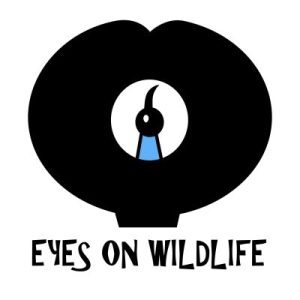










I debated about whether to include Mexican Woodrat in the highlights but it's a very good mammal so I gave…
I visited HBSP this past Friday and my friend John Cox and I saw TWO American Minks on the south…
Thank you Jon! That Giant Mouse Lemur was certainly my trip highlight, alongside the Golden Trident Bat colony. Plus, it…
Thanks Jon. Yes the Pel's anomalure was a nice sighting but we already saw it in Ghana and I was…